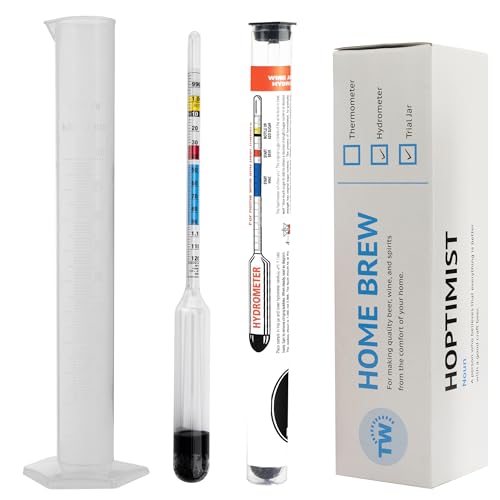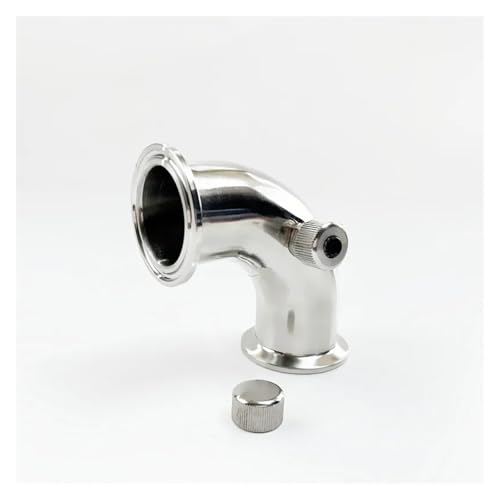This is clearly a topic you can make as complex as you like but it doesnt need to be. You dont have be be able to code to use a computer. You dont have to understand how an engine works to drive a car. Think the most important thing here is consistency and knowing your source water. I used to use Spotless too and its great, you really know with certainty what you've got once you've added your additions because you are starting from a 'blank canvass', and I never had to use acid, the ph was always spot on, so if you have a Spotless outlet near you then its about the best option you have.
Now I have a larger capacity system it's no longer feasible for me to use Spotless so I'm now doing quarterly water tests to check the consistency and variability of my tap water. The report you get from your water company is useless...better than nothing for sure, but is an averaged value over a wider area and not necessarily what you're getting from your tap. There is a difference between the M&S report and my water company published annual report that gives a min mean and max levels and the M&S report vales are all around or a bit lower than the low values on the water company report...maybe from a house the other side of the area it covers they might see their values closer to the mean or even up towards the max level. So the thing I'm focussing on now is the variability from quarter to quarter. If it proves to be pretty consistent through the year then I might scale back to test only 6 monthly or so.
But ultimately I think the idea with water chemistry is, once you have consistency, to play with the values to see how it impacts your beer. And don't be afraid to push things way beyond the arbitory target profiles which really tells you nothing more than what breweries brewed with many years ago, so if you're wanting to do a clone of a beer then you really need to match their water profile...but if you're brewing your own recipes then the world is your oyster. Go mad and develop your own water chemistry to suit your tastes.










































